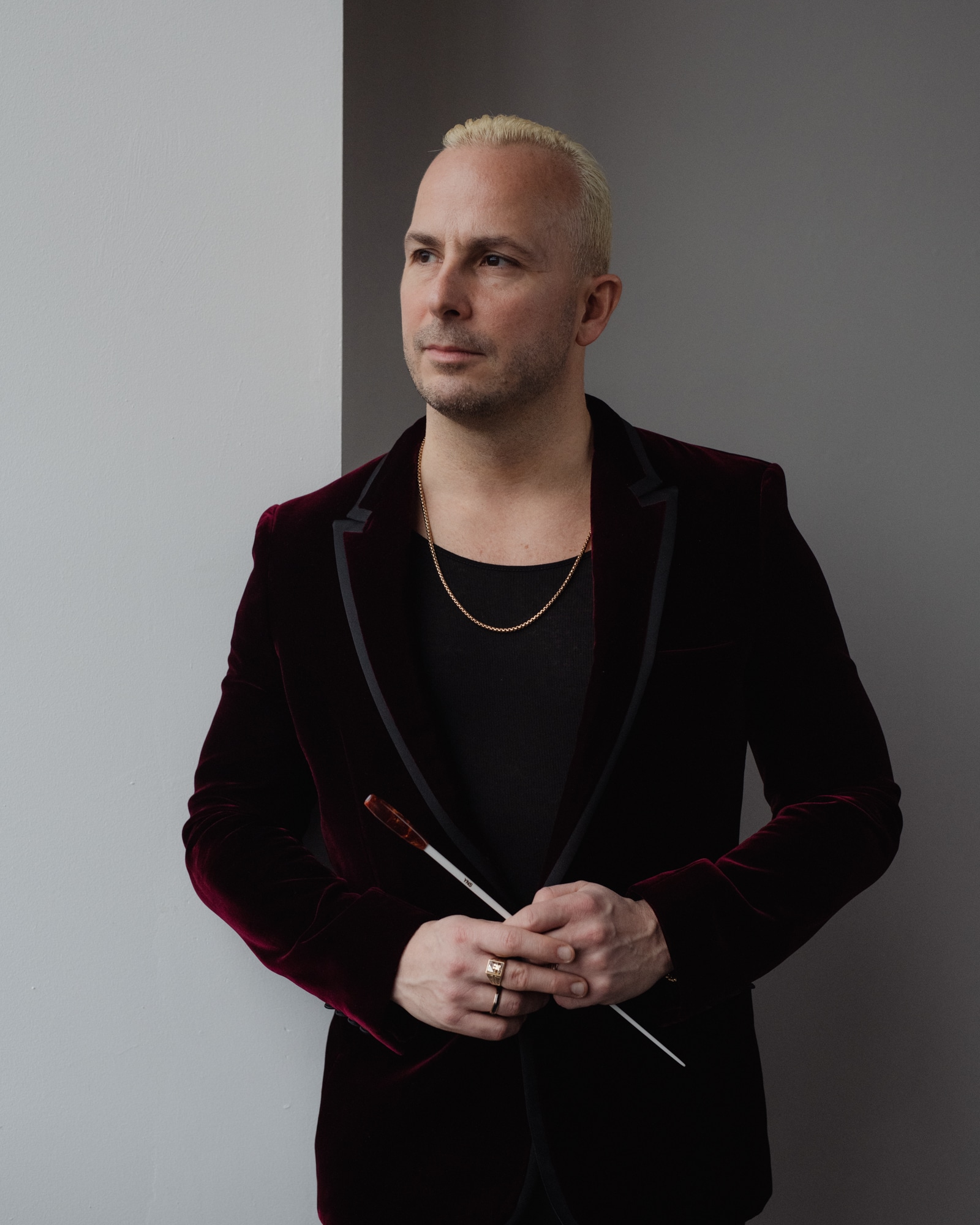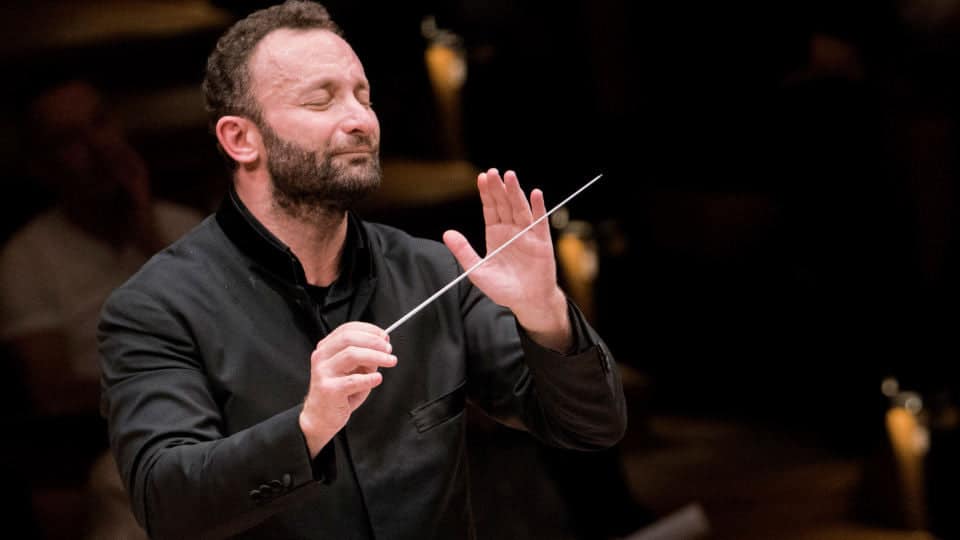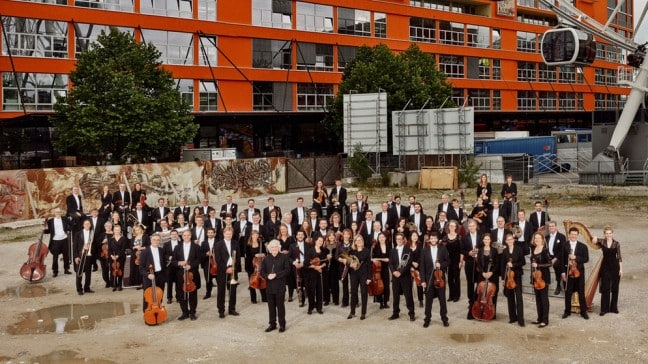Where musicians are seen and not heard
mainThe Sage in Gateshead, a marvellous pair of concert halls now six years old, has a purpose-built rehearsal space with a glass wall facing onto a public walkway.
That means passers-by and pleasure seekers can watch musicians work together without hearing a single note. The effect is both edifying and (literally) disconcerting.
It allows crowds of school children to watch the process without disrupting it. On the other hand, to see music in the making without hearing it is an unsettling form of sensory deprivation. You keep having to give yourself a reality check.
If felt the same as checking my mails in Starbucks on one of the window seats while, beyond the pane, another coffee consumer was smoking obsessively. He was within a finger’s length of me, yet I could not (thank goodness) smell a thing.
The same principle is applied in the Sage’s teaching rooms in the ground floor, but for different reasons. Anyone walking past can see the pupil-teacher interaction. That knowledge allows parents to be assured that kids are safe in a one-on-one teaching situation, an essential pre-condition in these troubled times.
What I did hear was the first part of a Northern Sinfonia string ensemble concert led by Bradley Creswick, an aptly introspective account of Schoenberg’s Transfigured Night with breathless pianissimi that showcased the hall’s immaculate acoustic sensitivity.
They make great music in Gateshead. Here are some pics of the hall, outside and in.





Quite a change from my far-from-soundproofed college days! This makes me recall when I was working in a practice room at Syracuse University before they modernized their music facilities. A voice teacher in the next room was trying to teach someone a passage from a Hugo Wolf song that they kept getting wrong. Finally, unable to stand it after a half-hour or so, I stood by the wall and sang the passage correctly. The teacher said through the wall, “Thanks, Marie!” She then told the student, “Try it her way,” and the girl finally nailed the passage. As necessary as proper soundproofing is, I think I’d miss that informal through-the-walls interaction! However, when I think of how some students I knew complained of harassment behind closed studio doors but could prove nothing, I welcome the idea of glassed-in teaching rooms, which literally add transparency to the learning process. Those of us in radio often joke about working in our “fishbowls,” but for the youngsters (and for their teachers’ reputations), it’s an important safety precaution. The Sage looks like quite an amazing place!